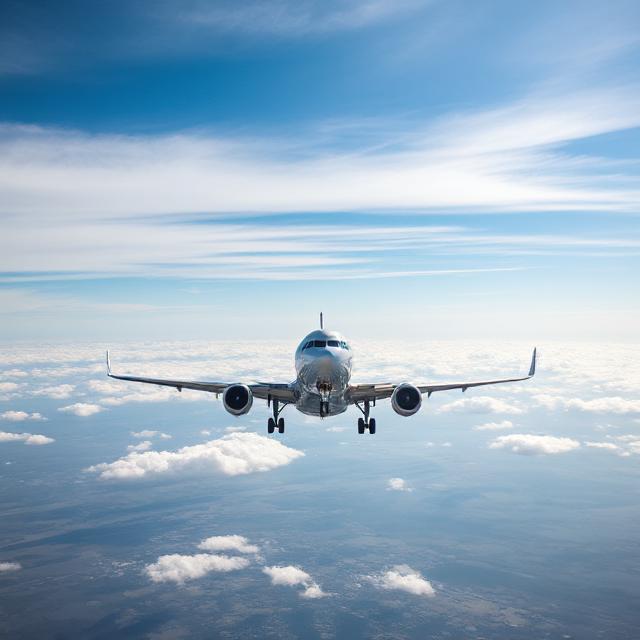Delta flight dl275 diverted lax

Air travel remains one of the safest ways to journey across the globe, but sometimes unexpected issues require fast decisions. One such case was the delta flight dl275 diverted lax incident, when a long-haul flight from Detroit to Tokyo Haneda changed course mid-journey. Thanks to decisive piloting, strong infrastructure, and clear communication, what could have been stressful instead became an example of aviation safety in action.
How the Diversion Began
On August 13, 2025, Delta Flight DL275 departed Detroit bound for Tokyo. Shortly into its trans-Pacific route, the crew detected a fault in the aircraft’s engine anti-ice system. While not immediately life-threatening, the malfunction posed potential risks at high cruising altitudes, where ice buildup can affect airflow and engine performance. Rather than risk continuing over the Pacific, the pilots made the precautionary choice that led to delta flight dl275 diverted lax making news headlines.
Why Los Angeles Was the Best Diversion Point

Landing at Los Angeles International Airport was a strategic move. LAX is a major Delta maintenance hub, fully equipped to handle an Airbus A350-900 and staffed with technical teams capable of rapid response. Geographically, it offered a safe and efficient option without prolonging the diversion. The airport’s passenger facilities also ensured smooth handling of accommodations, rebookings, and onward travel support—key factors that made delta flight dl275 diverted lax the safest and most practical choice.
Crew Professionalism and Passenger Experience
As soon as the anti-ice alert sounded, the pilots coordinated with air traffic control and declared a precautionary diversion. In the cabin, flight attendants maintained calm through steady updates, reassuring passengers throughout the descent. On arrival, Delta’s ground staff quickly managed rebookings, hotel arrangements, and onward connections. Many travelers praised the professionalism of the crew, noting that their calm communication made the delta flight dl275 diverted lax situation far less stressful.
The Technical Issue Explained
At high altitudes, the engine anti-ice system is vital for preventing ice on critical components. In this case, sensors flagged an irregularity that could have escalated if ignored. By choosing an early diversion, the crew ensured passenger safety remained uncompromised. The swift landing at Los Angeles showed how modern aviation technology and training work hand in hand to resolve risks effectively.
Operational Impacts of the Diversion
The decision to have delta flight dl275 diverted lax carried ripple effects. Beyond passenger logistics, Delta faced additional costs in fuel, staffing, and maintenance adjustments. Scheduling also required tactical changes across the airline’s network. Even so, these impacts were secondary to the priority of keeping passengers safe.
Lessons for Travelers
This event provides several takeaways for passengers:
- Trust the systems: Aircraft are designed to detect issues early, and diversions are precautionary safeguards.
- Stay calm and follow instructions: Crew communication is your best source of reassurance.
- Pack smart: Keeping essentials in a carry-on makes unexpected delays more manageable.
Aviation Safety Culture in Action
The delta flight dl275 diverted lax event showcases aviation’s layered safety culture. From predictive systems and monitoring tools to trained crews and robust airport support, multiple safeguards worked together seamlessly. It was not an accident—it was a demonstration of proactive risk management, executed flawlessly.
Conclusion
The story of delta flight dl275 diverted lax is not about danger, but about safety in practice. What began as a minor anti-ice system fault ended with a safe landing at one of the world’s busiest airports. With skilled pilots, calm cabin crew, and strong support at LAX, the incident reminds travelers that aviation is built on safety-first decisions. For passengers, it was an unexpected detour; for the industry, it was another confirmation that flying remains one of the most reliable and secure ways to travel.










